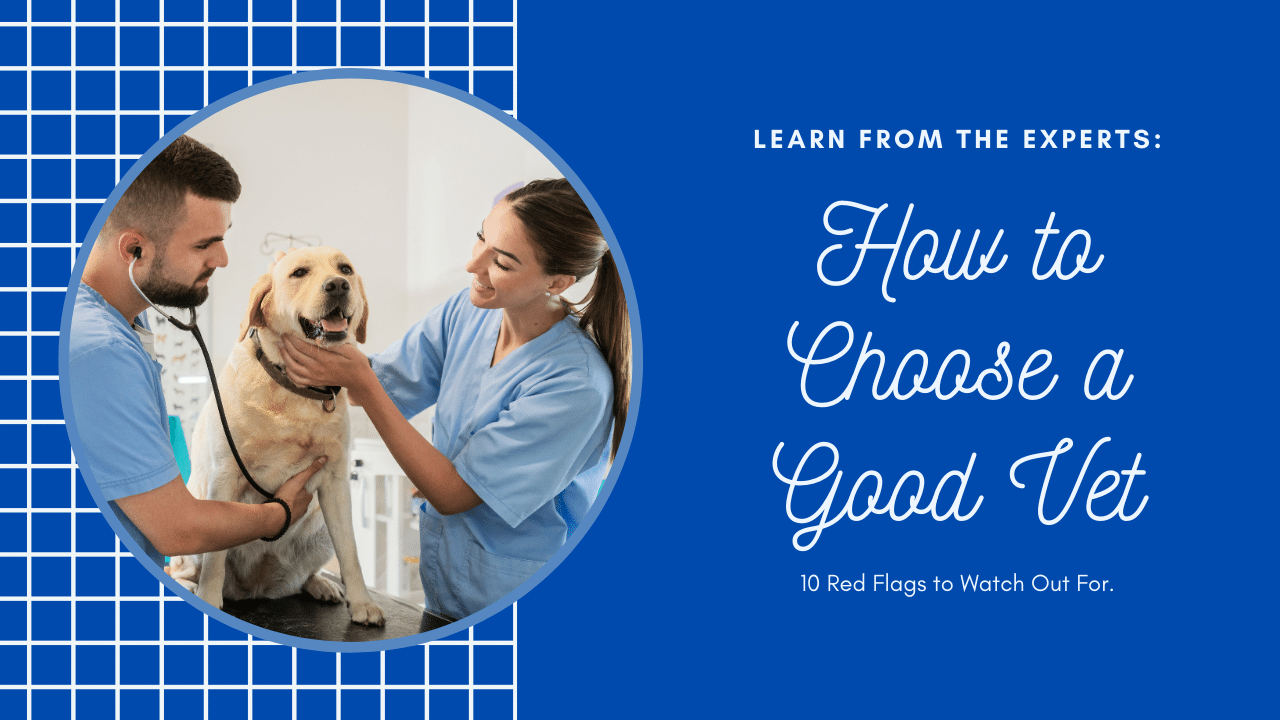When it comes to our furry companions, ensuring they receive the best possible care is paramount. Choosing the right veterinarian is a critical decision for every pet owner. However, not all vets are created equal, and recognizing red flags can save you and your pet from unnecessary stress and harm. Based on insights gathered from various sources, here are ten red flags to watch out for when selecting a vet for your pet.
1. Lack of Communication
A vet who does not listen to your concerns or fails to explain treatment options clearly is a significant red flag. Effective communication is essential for providing the best care for your pet.
2. Unwillingness to Refer to Specialists
Vets who refuse to refer to specialists when a case is beyond their expertise can jeopardize your pet’s health. A good vet knows their limitations and values your pet’s well-being over their ego.
3. Staff or Vet Errors
Mistakes happen, but when they do, they should be acknowledged and corrected. If your vet or their staff makes a critical error with your pet, it might be time to look for a new clinic.
4. Your Pet Does Not Improve or Gets Worse
If your pet continues to deteriorate or doesn’t improve despite treatment, it’s essential to consider seeking a second opinion. Sometimes, a fresh perspective can make all the difference.
5. Poor Facility Cleanliness
The cleanliness of the vet clinic is a reflection of the overall care and attention to detail you can expect. A dirty or poorly maintained facility is a clear warning sign.
6. Overbooking and Long Wait Times
While a busy clinic can indicate a well-respected vet, consistently overbooked schedules and long wait times can compromise the quality of care your pet receives.
7. Lack of Emergency Services
A vet clinic that does not offer emergency services or referrals to emergency care might not be the best choice, especially in critical situations.
8. Outdated Practices and Equipment
Veterinary medicine is continually evolving. A vet that does not stay updated with the latest practices and lacks modern equipment may not provide the best care.
9. Negative Reviews and Feedback
While one or two negative reviews might not tell the whole story, a pattern of complaints about care, staff attitude, or treatment outcomes is a significant concern.
10. Your Gut Feeling
Never underestimate your intuition. If something feels off or you’re uncomfortable with the care your pet is receiving, it’s worth investigating further or finding a new vet.
Also Read: Combatting Toenail Fungus: Unveiling the Emoninail Solution for Healthy, Beautiful Nails
Choosing the right veterinarian is crucial for your pet’s health and happiness. By being aware of these red flags, you can make an informed decision and ensure that your furry friend receives the care they deserve. Remember, the goal is to have a vet who is not only skilled and knowledgeable but also a partner in your pet’s health journey.
For more detailed insights and personal experiences regarding vet care, you might find it helpful to read discussions and articles on Tail Wag Wisdom, Speaking for Spot, and Gallant. These resources provide valuable information on recognizing when it’s time to consider finding a new veterinarian and what factors contribute to high-quality pet care.🐾
FAQs
How can a pet owner differentiate between a one-time mistake and a pattern of errors at a vet clinic?
A: When trying to differentiate between a one-time mistake and a pattern of errors at a vet clinic, a pet owner should consider the frequency and severity of the mistakes observed. Occasional human errors can occur in any professional setting, but a pattern of repeated mistakes, especially those that could compromise the health and safety of the pet, is a significant concern. Communication with the vet and staff can provide insight into whether an issue was an isolated incident or part of a larger pattern. Feedback from other pet owners, reviews, and the clinic’s response to the error can also offer valuable context.
Are there any specific certifications or accreditations that a pet owner should look for in a vet clinic to ensure quality care?
A: Regarding certifications or accreditations, pet owners should look for vet clinics that are accredited by reputable veterinary organizations in their country. For example, in the United States, the American Animal Hospital Association (AAHA) accreditation is a good indicator of a high standard of care. These accreditations ensure that the clinic meets specific standards of care, equipment, and practice management. While not all excellent vet clinics are accredited (as the process is voluntary), accreditation is a positive indicator of a clinic’s commitment to quality care.
How should a pet owner approach a vet clinic to inquire about their emergency services and protocols before deciding to use their services?
A: When inquiring about emergency services and protocols, pet owners should ask the vet clinic directly about their availability during off-hours and the process for handling emergencies. Understanding whether the clinic has in-house emergency services or if they refer to a local emergency vet is crucial for planning in case of a pet emergency. Additionally, knowing how quickly a clinic can respond to urgent situations and what kind of follow-up care they provide can help pet owners make informed decisions about the best veterinary care for their pets.

